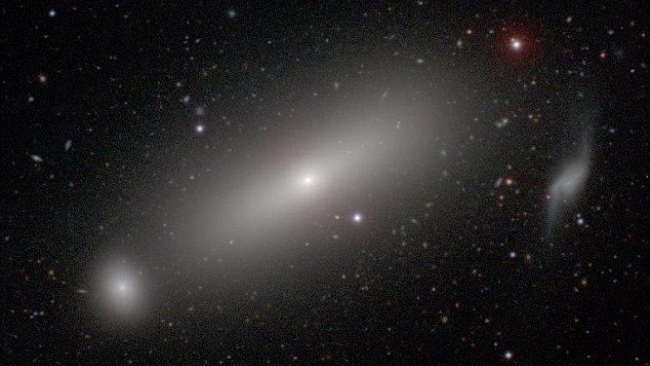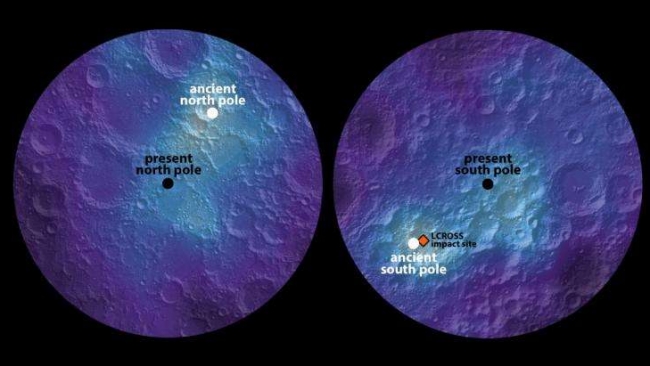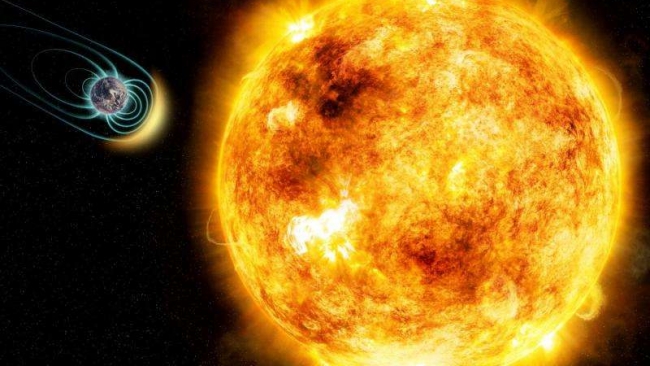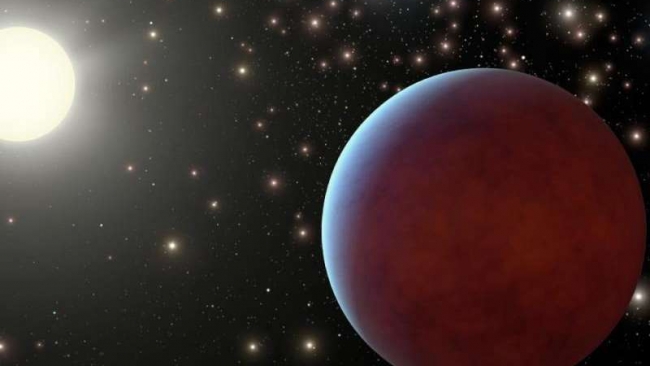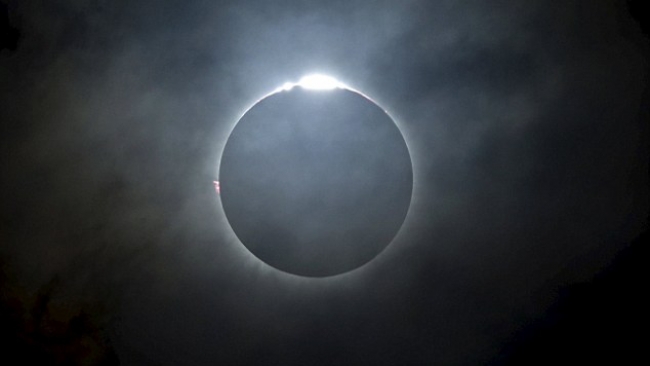Will you spot Mercury crossing the sun?
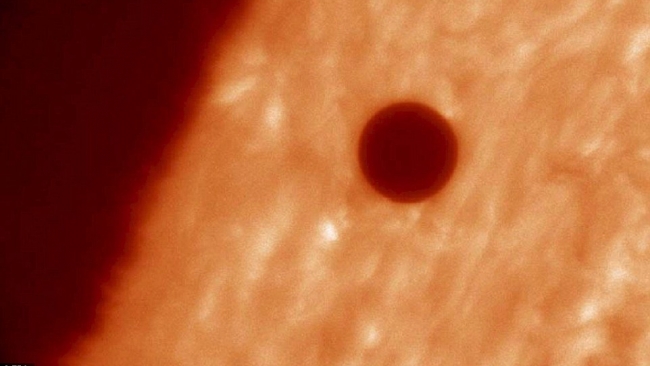
Rare astronomical phenomenon which only happens 13 times every century offers a chance to look at the smallest planet in our solar system Shortly after midday today, at 12.12pm precisely, the tiny planet Mercury will start crossing the face of the sun, taking some seven-and-a-half hours to do so. This rare astronomical phenomenon is called the Transit of Mercury, and only occurs 13 or 14 times every century. It offers an extraordinary chance to look at the smallest planet in our solar system. The next time we will just about be able to see it is in 2019, but the next really clearly visible transit for us in Britain will not happen until 7 May 2049. So if today is not too cloudy when it is happening, you should seize your chance to witness this highly unusual celestial wonder. Although Mercury - which is the planet closest to the Sun - passes between the Earth and the Sun every 116 days, it normally does so at the wrong angle for us to see it. In essence, the Sun is being eclipsed, although only very partially, as the diameter of Mercury is 158 times smaller than that of the Sun. Which is why it shows up as nothing more than a black pinprick. The first person to predict the Transit of Mercury was the renowned German astronomer, Johannes Kepler, who informed the world that it would take place on November 7, 1631. Unfortunately, Kepler died in 1630, and so he was never able to witness it. The first person to see the planet pass in front of the Sun in that 1631 transit was instead a French astronomer called Pierre Gassendi, from his observatory in Paris. Gassendi almost missed the event because the Sun was obscured by mist and clouds. However, at around 9 o’clock that morning they cleared and he saw it. The next transit would not be seen for another 20 years. Back in the 17th and 18th centuries, observing transits of Mercury – and indeed transits of Venus – was vital in measuring the distance between the Earth and the Sun, and also in establishing the size of the Sun itself. The mathematics is somewhat tricky, but the same sorts of measurements are used by astronomers today. During the last Transit of Mercury in 2006, scientists from Brazil, California and Hawaii measured the size of the Sun with immense accuracy by establishing precisely how long the planet - which travels at 30 miles a second - took to pass across it. The team established that the Sun’s diameter is 865,374 miles, compared to the Earth’s 7,918 miles. As Mercury is a relatively small planet, with a diameter of just 3,032 miles, it shows up as a very tiny speck against the surface of the massive Sun. Indeed, when Gassendi first saw the 1631 transit, he thought that the speck was merely a sunspot - a dark irregular patch on the sun’s surface - because astronomers in the 17th century reckoned that Mercury was ten times larger than it is. It was only when the ‘sunspot’ appeared to move that he realised that he was looking at Mercury – just as Kepler had predicted. It’s important to remember that the Transit of Mercury is not as spectacular as when the sun is eclipsed or partially eclipsed by the Moon, as happened over the UK in March last year. Read more: http://www.dailymail.co.uk/sciencetech/article-3580167/Will-spot-Mercury-crossing-sun.html#ixzz488D9I2S3 Follow us: @MailOnline on Twitter | DailyMail on Facebook
Source: Daily Mail
Updated: Mon 9 May 2016 at 06:57
